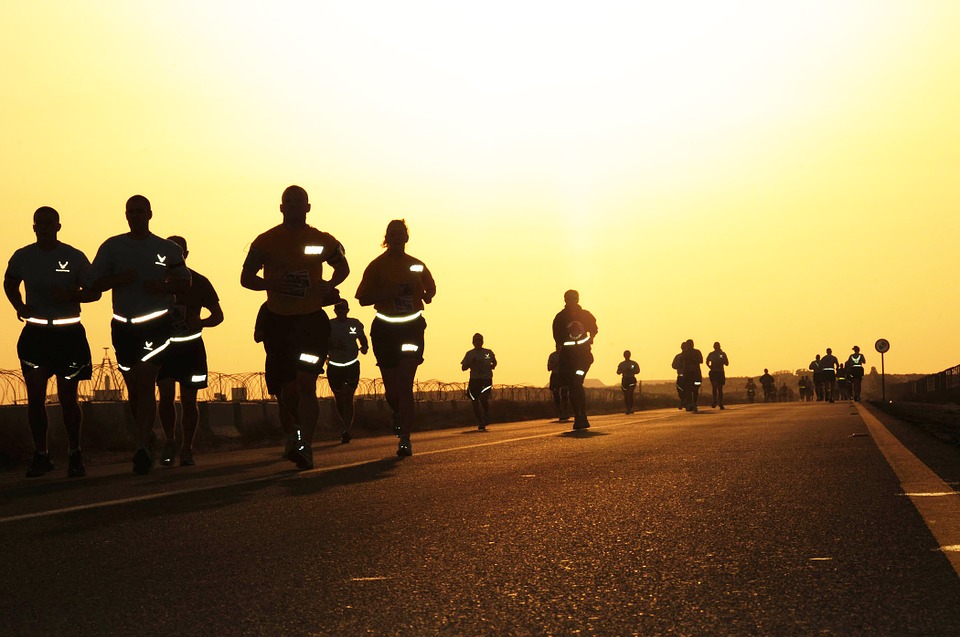What Does ‘Hitting a Wall’ Mean?
Hi and welcome back to the Mohsin Salya blog.
Hitting a wall, is a term we’ve all heard thrown around from runners. But what does it really mean, and how do you identify what is causing the problem? Once you’ve identified that, it’s a lot easier to solve the problem.
Most runners don’t fully understand what’s happening to the body, or they confuse ‘hitting a wall’ with fatigue, which makes it difficult to specifically address the problem. In this post I’ll be clearing things up a little and making this term easier to understand.
Hitting a wall
‘Hitting a wall’ is used to describe what happens when your body runs low on glycogen to burn as a fuel source. As your glycogen levels begin to run low, your body recognises the potential dangers and slows the body down gradually to conserve energy. You can still run at this point, but your pace will begin to slow quite noticeably unless you increase your effort. However, if you do continue to run, your glycogen levels will get so low that your body will pretty much shut down and even jogging will feel impossible.
It’s important to remember that ‘hitting a wall’ is not tiredness, it is your brain shutting down your body.
What does it feel like?
If you really ‘hit a wall’ it will result in you not being able to physically run any longer. You may still be able to walk, but anything that resembles running will no longer be an option. You may also feel dizzy or light-headed, which is a result of your brain not getting the glycogen it needs. As you can see, this feeling is different to fading or getting fatigued during the later miles of your marathon.
How do I prevent this?
You need to slowly train yourself to burn more fat efficiently as a fuel source. This will enable you to burn less glycogen per mile at your marathon pace. It’s important to remember that you cannot run a marathon using fat alone as a fuel source.
The first way you can do this is to perform ‘fasted long runs’. Research has shown that long runs in a fasted state will improve glycogen storage and fat utilization.
The second way to prevent ‘hitting a wall’ is to fuel yourself adequately before and during the race. The key is to understand that it’s just as bad to over fuel as it is to under fuel. Your body can only process a finite amount of carbohydrate per hour (usually about 30-60 grams depending on your individual efficiency). If you try to consume more carbohydrates than you can handle, the digestive system simply can’t cope and starts to shut down, resulting in your not absorbing anything.
There is a great calculation tool you can use to determine how much glycogen you need during your marathon.
Until next time,
Mohsin Salya




